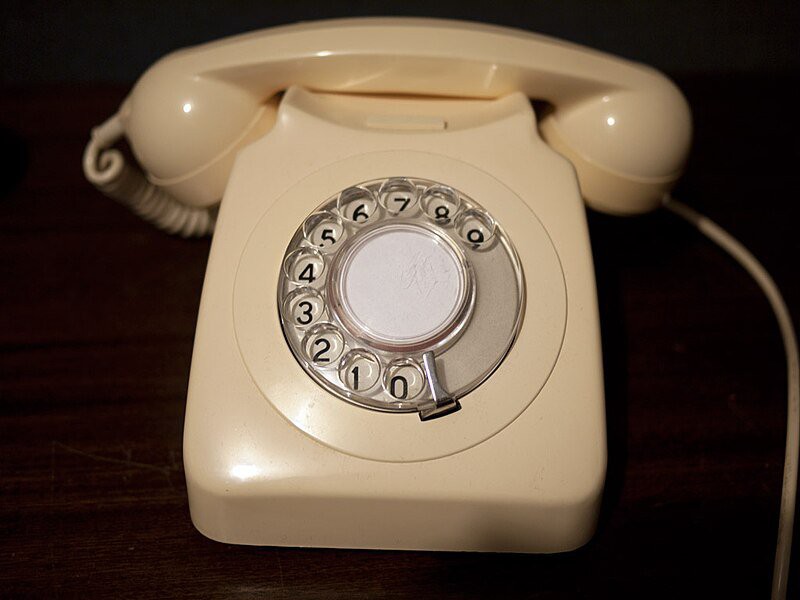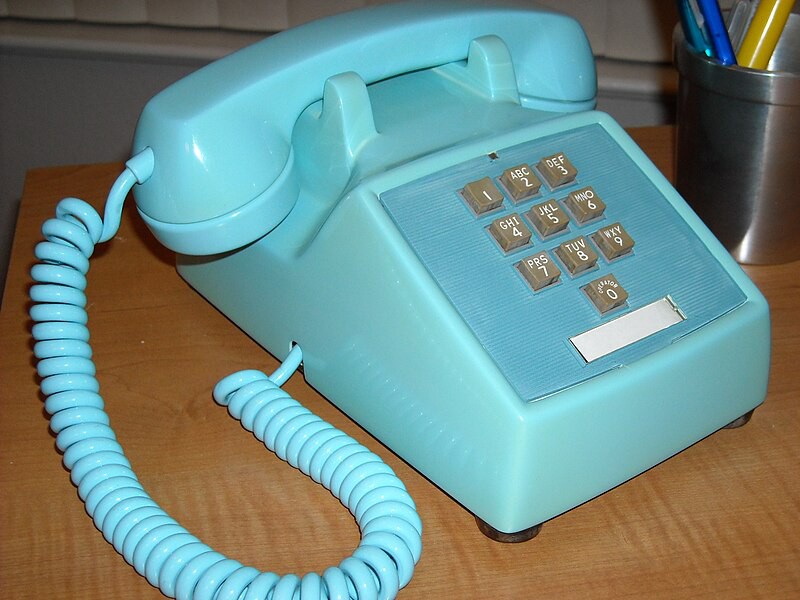I am currently adding support for Caller ID and hopefully some more countries. This process has involved a humungous amount of online searches and, now fortunately, discovery of a few online groups of real telephone aficionados such as the Classic Rotary Phones forum, Telephone Collectors International and their forum and others. The problem is that a lot of information about telephone systems from around the world doesn't seem to have been documented in a searchable way online.
But this log entry isn't about my troubles. It's to share some fun things I found along the way.
AT&T had to teach Americans how to use a Dial Telephone
The first dial telephones were manufactured in 1897 but Bell didn't start rolling them out until 1919. Unbelievably, it took until 1978 for the entire United States to receive dialing capability!
Here's a short video of a newsreel shown in movie theaters the week before a town or region would be switched over to dialing.
And a longer video about a fictional town being taught how to dial (skip to 5:30 to get going or start at the beginning to realize how much shorter our attention spans have become).
Odd Rotary Dials
Most of the world used the same rotary dial layout that starts with the digit "1" (generating 1 pulse) and ends with the digit "0" (generating 10 pulses).
New Zealand used that standard format but also had a reversed format starting with the digit "9" (generating 1 pulse) and ending with the digit "0" (generating 10 pulses).

(courtesy Nition1 under the Creative Commons license)
And in Sweden the phones started with the digit "0" (generating 1 pulse) and ended with the digit "9" (generating 10 pulses). The engineers who were implementing the first Swedish telephone network must have thought the rest of the world crazy with their out-of-sequence dials.

(courtesy Holger.Eligaard under the Creative Commons license)
weeBell handles these different dial layouts using a mapping structure that is part of the international.c file entry for each country. For New Zealand I will have two entries "New Zealand" and "New Zealand Reverse".
The first DTMF phones
Here in the USA the announcement of Touch Tone dialing was made at the Seattle World's fair in 1962. A new Western Electric 1500-series phone was introduced and became available in 1963 (source). The interesting thing is that it only had ten buttons. The * and # keys we all know today weren't added until 1968 with the 2500 series.

Paul-F's website has a very interesting discussion of Touch Tone development. There was a lot of what we now call User Experience (UX) testing before Bell Laboratories settled on the ubiquitous keypad layout that still appears on our cell phones today.

(Source: Bell System Technical Journal, July 1960, p. 999
"Human Factors Engineering Studies of the Design and Use of
Pushbutton Telephone Sets," by R. L. DEININGER)
As most of us know, the DTMF tones are comprised of two frequencies (row and column). weeBell generates them in software using a DDS synthesizer (essentially a sine wave table lookup, scaling and mixer). Lots of transistors involved in that (but they're cheap). I couldn't find a schematic for the 1500 series but the 2500 series keypad uses a single transistor along with a tapped coil to generate both frequencies. A less known fact about DTMF tone generation is that an additional four keys are specified - 'A' - 'D' - which were typically used for network control although they made an appearance on some military phones and are still used by Amateur Radio operators for remote system control today.
A Morse Code Dial Tone?
You bet. Up until 1979 the German telephone system used pair of 475 Hz tones, the first 200 mSec long, and the second 700 mSec long separated by 300 and 800 mSec gaps. This is morse code for the letter 'A'. You can hear it here. After 1979 they changed to a continuous 475 Hz tone.
Enough for now
I hope you enjoyed reading this. My next log will talk about the different Caller ID mechanisms used around the world.
 Dan Julio
Dan Julio
Discussions
Become a Hackaday.io Member
Create an account to leave a comment. Already have an account? Log In.